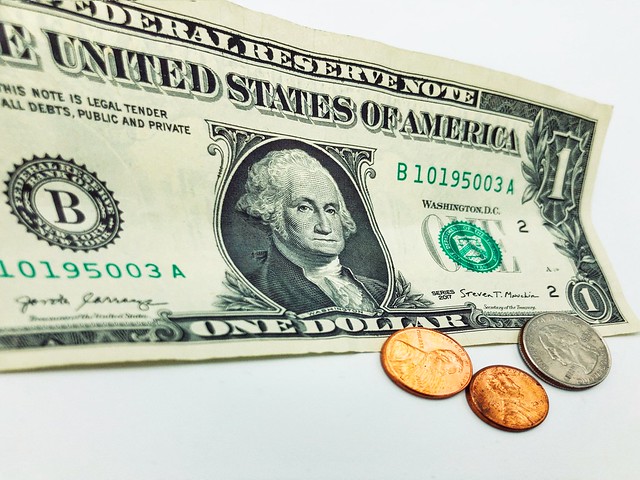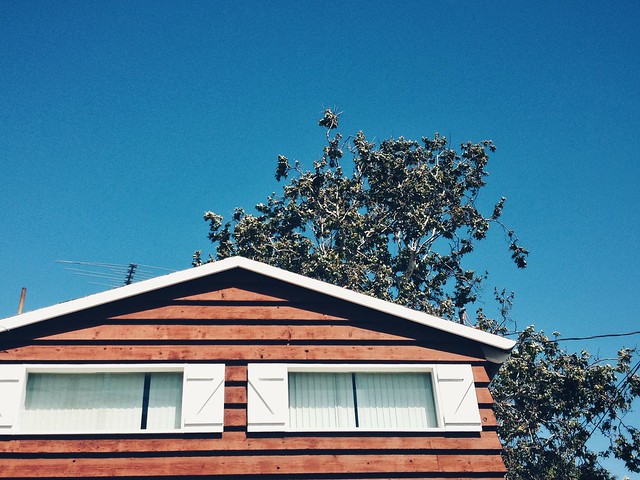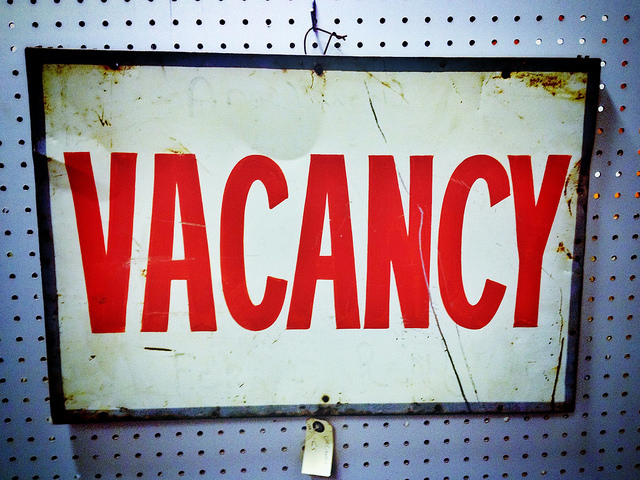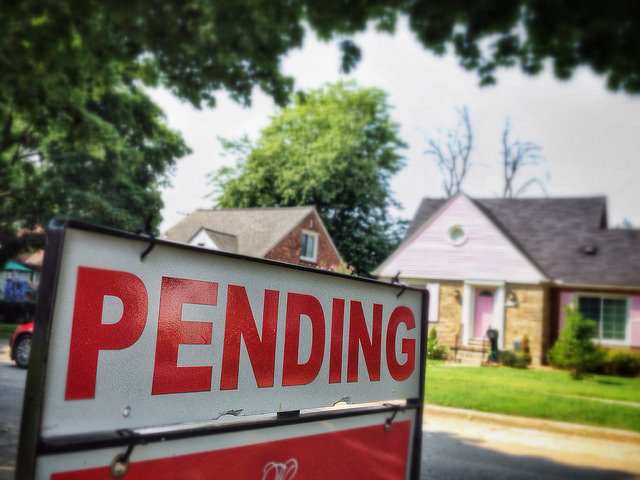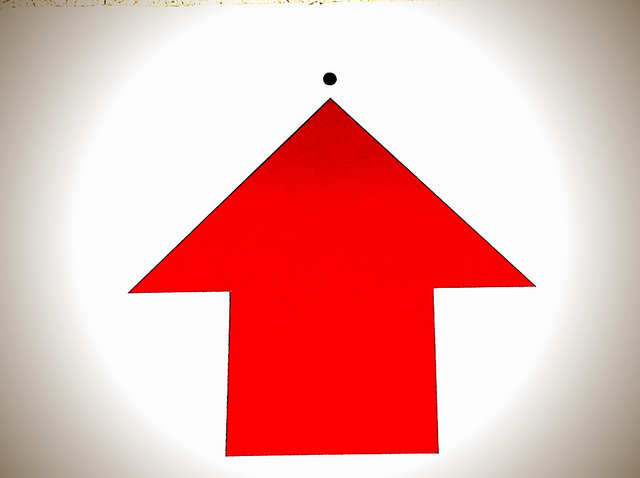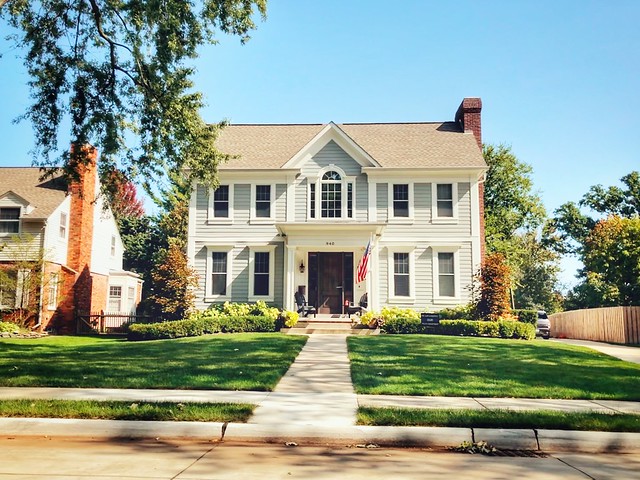Mortgage payments grew slightly more expensive due to an early spring rate bump, according to new data from the Mortgage Bankers Association. The group’s monthly Purchase Applications Payment Index tracks the median monthly mortgage payment based on home buyer loan applications. In April, the typical monthly payment increased from $2,173 to $2,186 due to rising mortgage rates during the month. Edward Seiler, MBA’s associate vice president, Housing Economics, and executive director, Research Institute for Housing America, says there’s a silver lining in the numbers. “Economic uncertainty and high mortgage rates continue to weigh on prospective buyers’ decisions on whether to enter the housing market,†Seiler said. “Even with the increase in mortgage rates over the month, the median purchase application loan amount decreased slightly to $328,932, indicating that home prices are moderating. Slower home-price growth, and the overall trend of more inventory, are positives for housing this summer.†(source)
